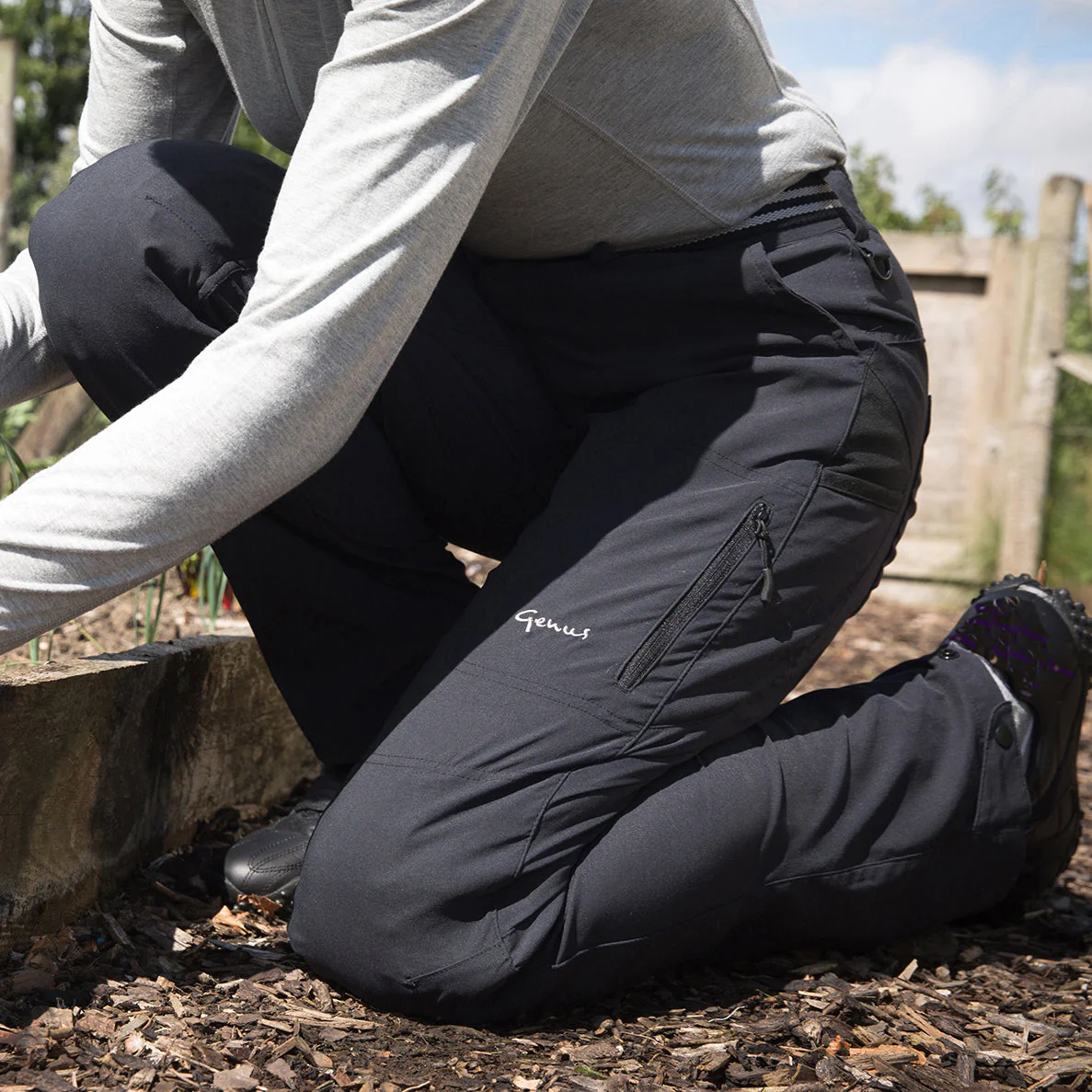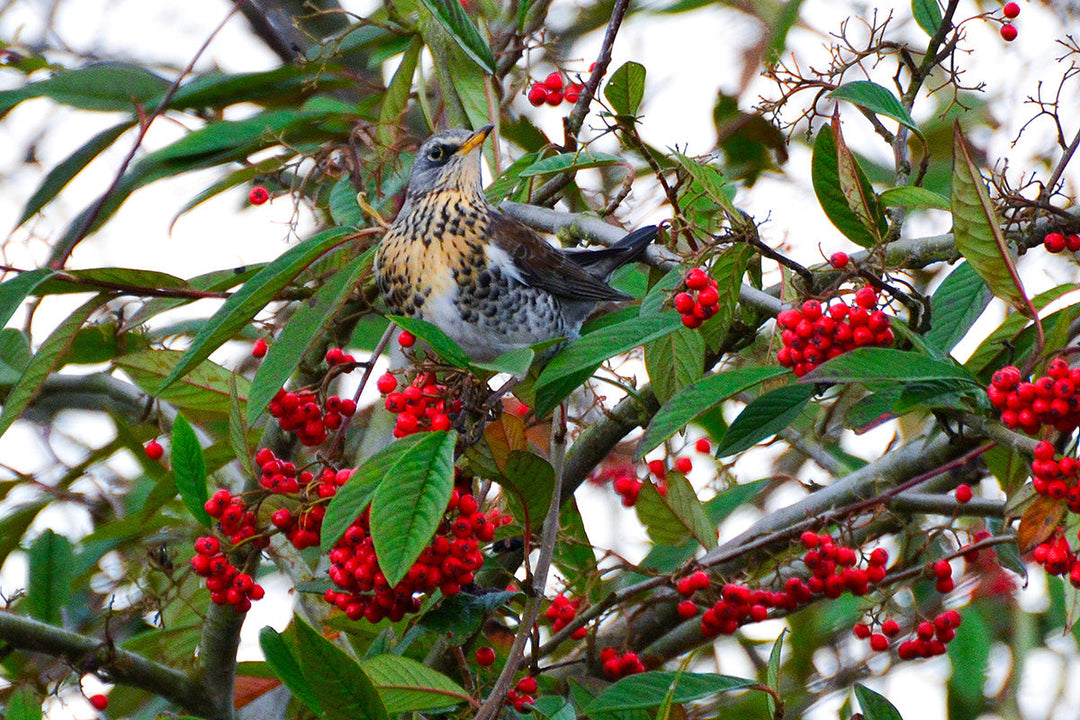Plant profile - Dianthus carthusianorum

Dianthus as a genus contains around 340 species but one of our favourites in the Genus garden has to be Dianthus carthusianorum, the Carthusian Pink. Named after an order of Carthusian monks from northern France living in extreme austerity, these plants were grown in their gardens and the flower became associated with admiration and gratitude.
As a plant it grows to around 60cm in height and has wonderful heads of single magenta flowers with the classic serrated edges to the petals common in the Dianthus genus. It’s from this ragged edge that they get the common name of ‘pinks’ due to the traditional use of pinking shears giving the same effect to cut fabrics. The scientific name of Dianthus comes from the Greek word ‘dios’ for god, and ‘anthos’ - flower.
Native to many parts of mainland Europe they’re a plant of dry grassland but do perform very well in borders. Although quite able to survive in dry, poor, soils they welcome some richness in the form of compost within the borders. Competition from large perennials is the only thing to avoid, and because of this we suggest keeping them to the front of borders where they can be easily maintained and protected from their bullish neighbours.
The tall wiry stems are generally strong enough to support the flower heads but occasionally in wet years or when the soil is particularly rich some light support may be necessary. Once past their best, seed can be collected and the flower stems cut down to the ground.
Widely available as in the species form, we can only see one cultivar named ‘Rupert’s Pink’ which is a very compact form more suited to rock and scree gardens. White flowered plants are said to exist but they seem rare in cultivation. A testament to the Dianthus genus as a whole, there are over four pages devoted to the options available to grow in the latest 2025 RHS Plantfinder. It includes carnations, sweet williams and the highly scented Malmaison strain kept in cultivation by ex-National Trust Gardens Advisor, Jim Marshall.











